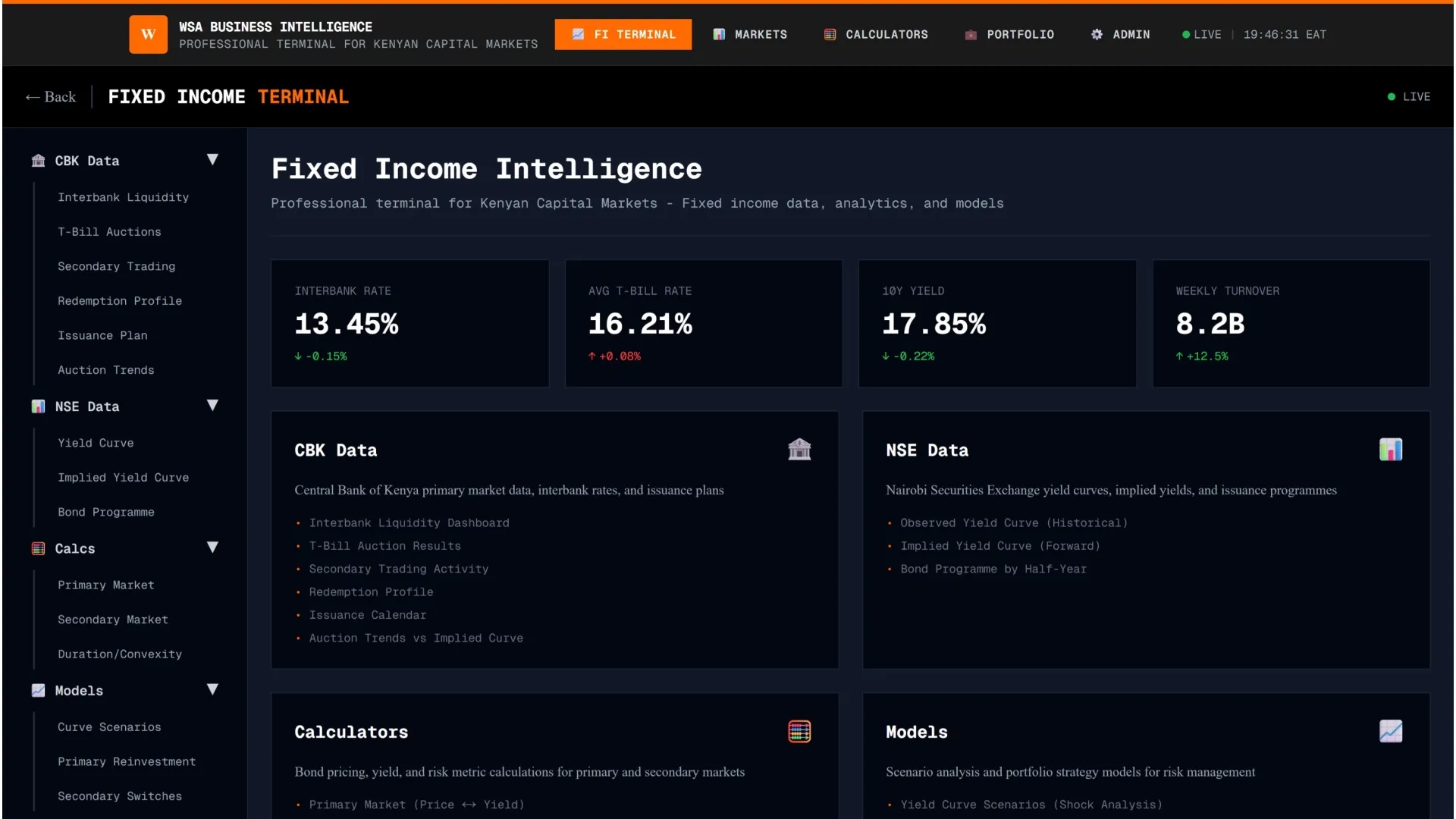The Kenyan market will soon start feeling the impact of Central Bank’s Monetary Policy’s recent action to cut lending rates, Citi Bank says, predicting that most banks will soon start communicating adjustments to customers.
- •During the last meeting of the year, Monetary Policy Committee cut the base lending rate to 11.25 per cent from 12 per cent in the last meeting,
- •The process of determining lending rates is guided by risk-based credit pricing model, in which each bank assesses the borrower’s risk profile and adjusts the loan interest rate accordingly.
- • Loan pricing is influenced by a bank’s base rate as well as a customer-specific risk premium.
“The adjustments may not be immediate due to internal evaluation by lenders, occasioned by the pending bills, risks in customers profile and the financial constrain many consumers are facing due to less disposable income,” said Martin Mugambi, Citibank Kenya Chief Executive Officer.
The base rate reflects key factors such as the Central Bank Rate and the cost of government borrowing, while the risk premium considers the customer’s credit risk, which can be influenced by their credit history, ability to repay, and the general economic environment. Borrowers with strong credit profiles receive lower rates, while higher-risk customers are charged a premium.
Early this month, the Kenya Bankers Association (KBA) revealed that, starting December 2024, banks will progressively reduce interest rates on loans and notify customers of the changes. The rate reductions will be guided by adjustments in monetary policy and evolving credit risk factors.
KBA Chairman and NCBA Group Managing Director, John Gachora said that while the lending rates are set to drop, the reductions will be implemented progressively due to the nature of the banking sector, which operates by mobilizing deposits and issuing loans from the same deposit pool. ‘’Deposits that were locked in at higher rates before the Central Bank’s rate cuts are still affecting the cost of funds for banks,’’ he said, adding that as the higher-cost deposits mature and are replaced by lower-cost deposits, banks will have more flexibility to reduce lending rates further.
Speaking during a media roundtable, Citi, Africa Chief Economist, Dr David Cowan took a look at some potential changes that may play out in the Kenyan political landscape in the coming years, the need for the government to negotiate a new program with the IMF next year and answering the call for fiscal consolidation and the restoration of debt sustainability.
He noted that due to high rates on Eurobond, markets such as Kenya will opt for other cheaper loans. During this year’s China Africa Summit in Beijing, President William Ruto asked China to reprofile Africa’s debt to include longer grace periods and longer loan tenures to ease its debt burden.
In March, Bloomberg reported that Kenya wants to issue a debut $500 million panda bond this financial year,
‘Kenya is not at crossroad but has to get the balancing act right, just like other African countries avoiding Eurobond due to higher rates, we foresee Kenya in the coming years opting for cheaper loans from other markets,” said Cowan.
Commenting on the IMF programme which runs out in April next year, Cowan foresees a delay in its renewal but happening somewhere in June or July 2025.
Citi Economist On Trump Administration’s Implications for Sub-Saharan Africa




